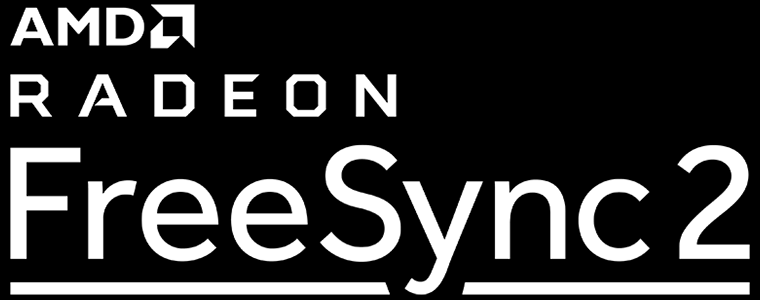Concluding Thoughts

The purpose of this article has been to examine whether investing in a quality Radeon-based graphics card makes sense as we approach the end of 2018.
As such, looking at the performance of a custom-cooled, overclocked Sapphire RX 580+, a reference AMD Radeon RX Vega 56, and a Sapphire Radeon RX Vega 56 Pulse provides illuminating results.
The conclusion is that a card like the RX 580 Nitro+ is perfectly adequate for gaming at FHD (1,920x1,080) with all the image bells and whistles turned to maximum. Quiet, cool and composed, it beats out a reference card in every way.
Research shows that, because it's overclocked out of the gate, it also makes a good fist of gaming at QHD (2,560x1,440), though users will probably need to invest in a FreeSync monitor for a smooth games-playing experience.
Those that can afford to stretch to nearer £500 are rewarded by the Sapphire RX Vega 56 Pulse card that's between 40-50 per cent faster than the RX 580. Such speed makes it an ideal fit for super-smooth gameplay at QHD as well as ultra-high frame rates at 1080p.
The use of a custom cooler enables it to achieve peaks speed far more often than the reference card, providing up to 10 per cent more real-world oomph, and such an increase can be telling when the average framerate is in the 50-75fps range.
What we have learned is that you don't have to have the latest-and-greatest graphics card - one costing around a grand - if playing today's games at either FHD and QHD resolutions with eye candy turned up to 11. AMD's Radeon RX 580 and Vega 56 architectures remain potent. Sapphire takes the technology and manufactures arguably the best AMD-based cards available right now.
The bottom line is that the Sapphire RX 580 Nitro+ is cool, quiet, composed and overclocked out of the box. The RX Vega 56 Pulse, meanwhile, betters the reference card in every imaginable way.













